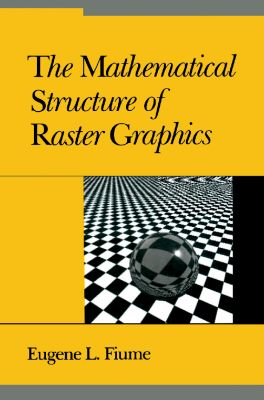Opis
The Mathematical Structure of Raster Graphics presents a mathematical characterization of the structure of raster graphics, a popular and diverse form of computer graphics. The semantics and theory of the mathematical structure of raster graphics are discussed. Notations that help to clarify some of the concepts generally considered to be fundamental to computer graphics are included.
Comprised of seven chapters, this book begins with a description of a general framework for specifying and manipulating scenes. Basic graphic entities, called primitive graphic objects, are defined using a simple notation over a Euclidean space. The reader is then introduced to a semantics of visibility; a mathematical semantics of rendering, developed using the very basic notion of measure; and a mathematical formalization of bit-mapped graphics. A framework for specifying illumination models is also described, along with the complexity of abstract ray tracing.
This monograph will be a useful resource for undergraduate and graduate students, researchers, and practitioners in the fields of mathematics and computer graphics, and to those with some basic computer graphics background.

